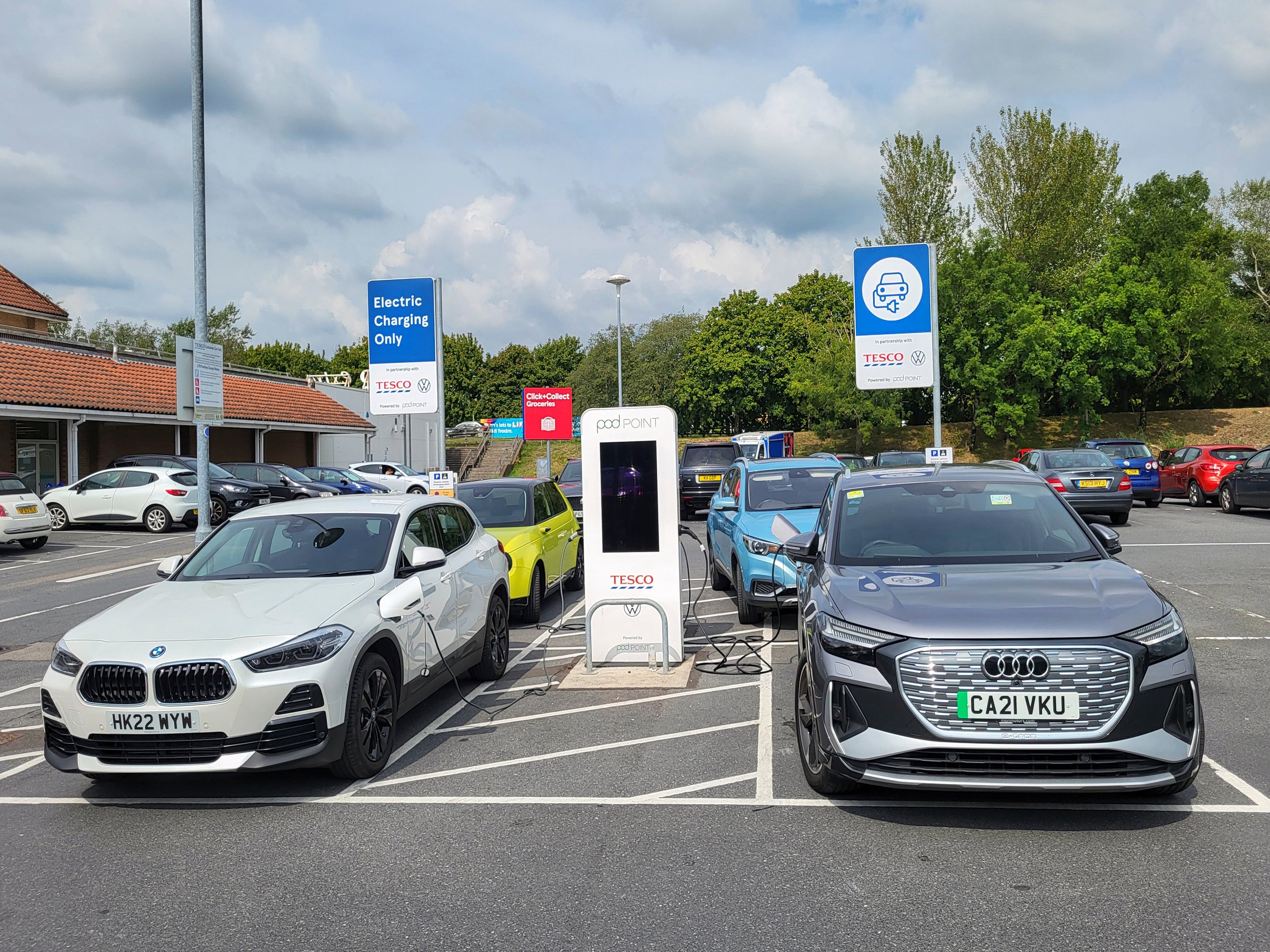Factors to Consider When Implementing DC Fast Charging Programs at Convenience Stores"
Fuel and convenience establishments revolve around providing exceptional customer experiences. The emergence of electric vehicle (EV) charging presents a new avenue to draw in EV drivers to your location, offering a premium encounter that entices drivers to frequent your store consistently. As the landscape of transportation shifts, it's imperative for fuel and convenience retailers to contemplate how they can update their facilities to appeal to the expanding community of EV drivers.
How to Opt for the Ideal EV Charging Site
The foundation of successful EV charging lies in the selection of a suitable location. Our assistance in this regard involves pinpointing areas with robust EV adoption, heavy foot traffic, close proximity to highways, and access to amenities. When it comes to DC fast charging, accessing grants and programs to curb capital expenses is crucial. Sites along alternative fuel corridors (AFCs), where drivers seek charging during lengthy journeys, are eligible for NEVI funding support and various other EV charging incentives. Simultaneously, urban charging stations cater to local trips and prove valuable for drivers without home charging access. It's worth noting that fast charging mandates substantial power availability, typically through 480V service. If you're uncertain about the best starting point among your locations, we're at your service to provide guidance.
Crafting an Enhanced EV Charging Experience
Following the site selection process, it's time to contemplate the creation of an enhanced charging experience for your patrons. You've already invested significant resources in crafting and maintaining a top-notch guest experience, and EV charging should align with the same level of excellence. Aspects to consider encompass the number of charging stations, power capacity, strategic location, coverage, pricing structures, loyalty programs, and seamless point-of-sale (POS) integration. Catering to the expectations that drivers have cultivated from traditional fueling experiences, including essentials like canopies, waste receptacles, and even window-cleaning amenities during refueling, remains paramount. This must be coupled with accounting for a 15- to 30-minute dwell time. Similar to refueling with gasoline, reliability and user-friendliness are key for EV charging, making the selection of a provider with robust product design and proven performance vital.
Determining EV Charging Costs
EV charging differs from conventional gasoline refueling in multiple aspects, including the approach to pricing for the service. It's essential to familiarize yourself with your utility bill and rate structure before embarking on an EV charging initiative. Setting pricing should mirror the methodology applied with your current fuel supplier, with the added benefit that electricity prices don't fluctuate daily. Assess whether you're subject to demand charges or elevated rates for consuming substantial energy. Given the substantial power demand of fast charging, it's advisable to have strategies in place to mitigate such expenses. Many utilities are exploring reforming demand charges to facilitate fast charging, so reaching out to your utility provider to explore special programs or adjusted rate plans for cost savings is recommended. With the right software which encompasses valuable power management features, facilitating power sharing among stations, tailored power allocation for different vehicles, and establishing power limits to circumvent demand charges. These functionalities optimize power output and pricing strategies, resulting in enhanced return on investment. Lastly, it's important to remember that there are various avenues beyond just the electron-related margins to monetize charging effectively.
